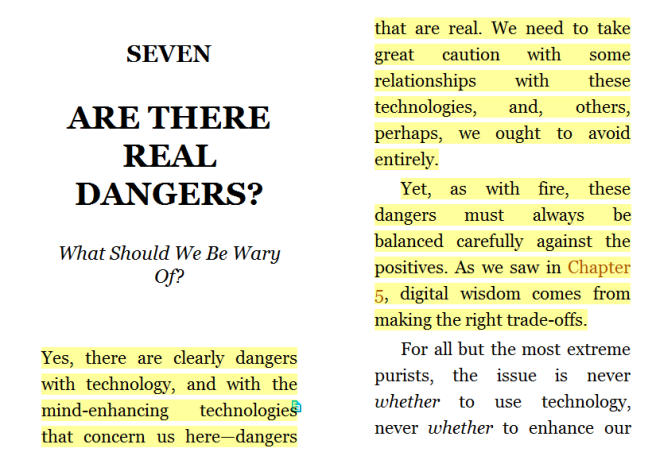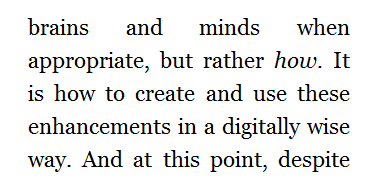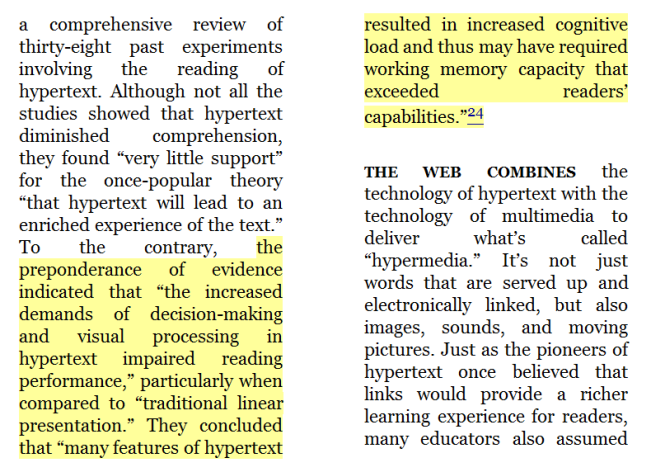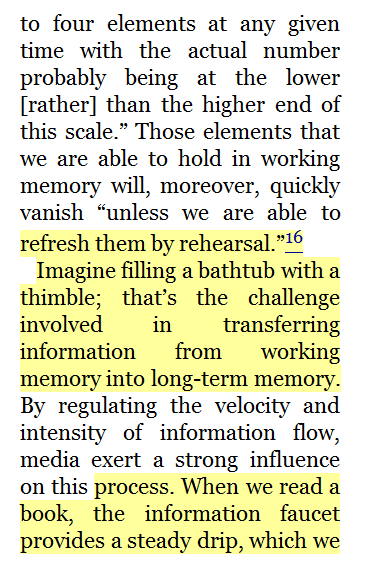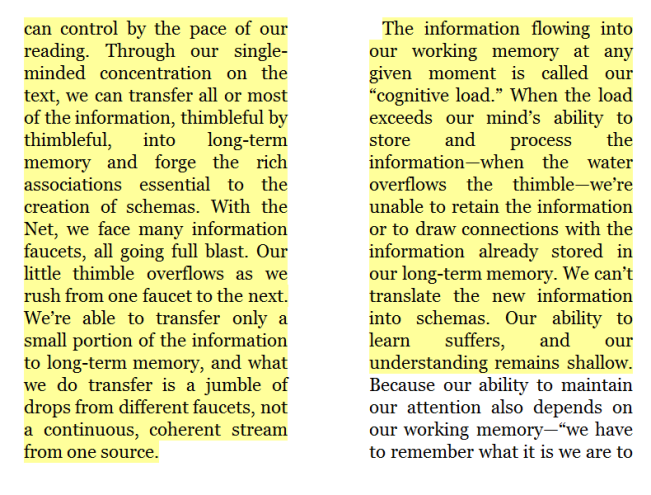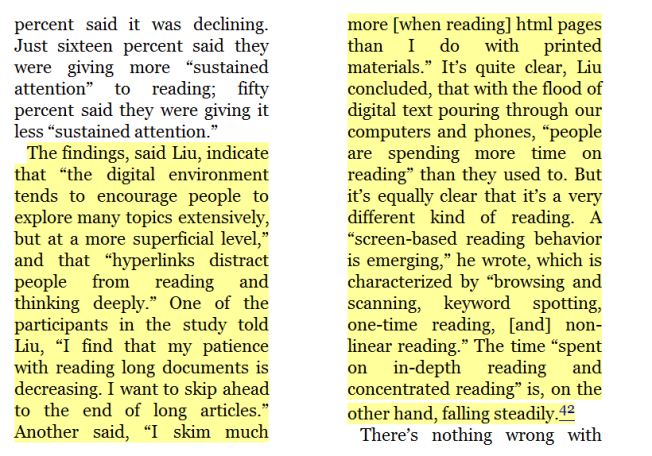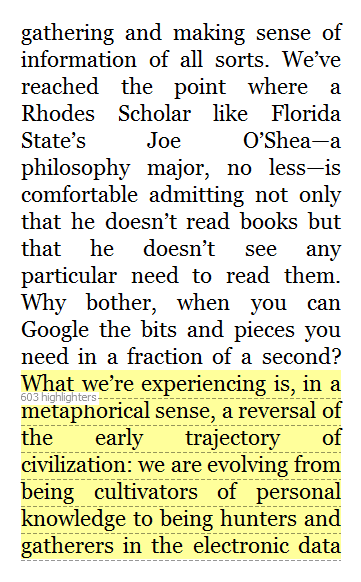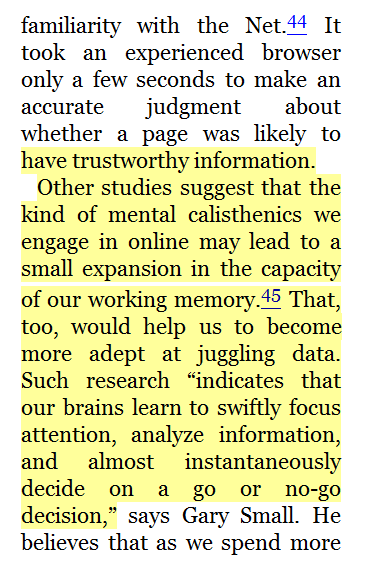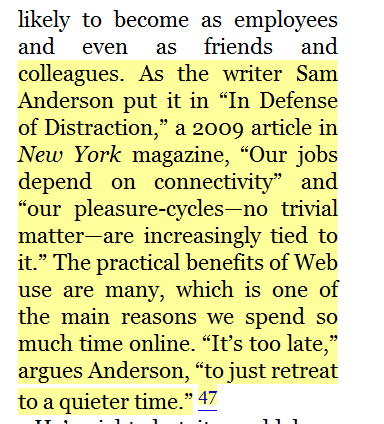When thinking about my job as a teacher, there are many facets. Being a teacher does not just mean giving over content. Being a teacher means giving over skills as well. This includes social, emotional and study skills.
When I am planning a lesson or unit the first piece I think about is the content, what material do I want the students to learn? What academic or content based skill do I want them to walk away with? For example, if I am teaching a math lesson on division I might make a learning target like this: You will be able to accurately solve a long division problem, with no more than three digits in the dividend and no more than two digits in the divisor. Typically, I do not write any other learning targets for my students. The other learning targets are internalized in me, but I don’t usually verbalize them to my students.
This year, I have learned through my experience in the classroom and through the guidance of my coordinator, that there is no reason not to be explicit with my students about ALL of my goals for them. In fact, it is better than not telling them (this is particularly true for students in middle school and above). In truth, I think that many teachers, including myself, have told these goals to their students, but never explicitly at the beginning of each lesson, or the goals are under the guise of expectations. Meaning, that at the beginning of the year teachers typically set up some sort of list of expectations for their students. Usually they are behavioral, but some teachers may also set up study skill expectations as well (I think it is rare that a classroom teacher sets up social/emotional expectations with their students- but more on this later). Once these expectations are established, whether the teachers are just telling these expectations to the students or they are developed together, it is the same each day. There may be slight changes over the year depending on the class, but there is not typically a goal explicitly pointed out each day. The reason for this, I think, is that those goals don’t change. For example, students are expected to raise their hand when they want to say something, this can’t be made a goal for a day, in that it is an expectation for every day.
But what if it was? What if teachers were more explicit about setting expectations, and then worked on a different one each week, perhaps? Wouldn’t this help students become more aware of their behavior? Might this be a way to avoid having individual behavior plans because it would essentially put everyone on the same plan? Of course, there still may be individuals who need different goals, and these can be worked out separately, but maybe having behavioral/study skill goals in ADDITION to our learning goals would help run a better classroom.
Back to the social/emotional skills, this is a much deeper and more challenging area to investigate. Perchance this is because these feelings may change in us on a regular basis? As a classroom teacher there are certainly basic courtesies that we expect to take place between our students, such as, one person talking at a time or looking at the speaker. These are common courtesies that by applying them in our classroom, we hope students will apply them in other settings as well and generalize these behaviors, but what about when a student is having a bad day, or a teacher for that matter? What about the teacher who had a difficult time getting his kids out the door in the morning, so he started his day frustrated? Or what about the teacher who feels like her students are just not paying attention to her that day? What about the teacher who is distracted because he is going to his first football game this weekend? All of these feelings a teacher is experiencing will affect his decisions and reactions on any given day.
In the article, “The inner game of teaching” by Marzano and Marzano, the authors refer to an inner game that is being played in the mind of teachers (although there is no reason not to think that everyone plays this game regardless of whether or not they are teachers). This game is not always conscious. A person does not always realize that on this particular day he is making a decision that might look different on a different day. The goal here of the teacher is to try to make this game conscious. “… it is possible for human beings to actually play the inner game by taking metacognitive control over it.” (Marzano & Marzano 2010)Why should we try to take control over this game? The article gives some examples of why it is good to take control over the game. The bottom line is that if we are able to be conscientious of why we feel the way we do, we can reframe our thoughts to understand why others may be acting the way they are acting and adjust our reactions accordingly.
I now want to relate this back to our students. If we find it important to learn how to play this game, because it helps us understand student’s behavior and our own reactions, so to this is a skills we should impart on our students. How can we best do this? What if we were to discuss with our students why we have the expectations we have? What if we were to have weekly goals relating to our expectations? What if when a student has a behavior we address it in terms of why the students is behaving the way he/she is? This also all ties back to PBIS (positive behavior intervention and supports). The idea that as teachers we want to identify the antecedent or what immediately preceded a behavior in order to squelch it, should we not be helping students to be more meta-cognitively aware as well?
I regularly struggle with the idea of making sure I can cover the entire content of my curriculum and in addition we are really expected to teach so much more- even though it does not say it anywhere in a typical teacher job description. As it happens to be at the school I work at, I have been part of a team who has developed standards for our teachers. Included in these standards are not only academic expectations for our students, but professional standards for teachers and standards about setting up a student environment to enhance learning. These standards are shown to new teachers who are hired and are used regularly with current teachers.
Although there will, I believe, always be some ambiguity in a teacher’s job, and we do need to be able to think on our feet and be flexible. Having these standards really helps define the teachers’ role. The article, “What’s my job?” the author’s intent is to bring to light the idea that the teacher’s job as we know it is not defined. And in being such, makes it hard for teachers to be measured both by administration and by themselves. As of now we have curriculum standards of content that our students are expected to know and our success is dependent on the students’ success on standardized testing on content only. But as I illustrated above, we are doing so much more than just teaching content, so is this really a fair way to assess teachers? No, it is not fair to teachers, but it really is not fair to the students either, because if the teacher needs to spend so much time on the content of curriculum-and are worrying about making sure to cover all the content that will be on the test, the students are really losing out on learning skills that the teacher can be teaching and incorporating into the content curriculum. In addition, having these other skills, study, social/emotional skills, will in the long run, actually help students access content better. So now what?
As I stated above, one step in this process can be schools developing teacher standards, which is a way of defining the teacher job as well. The other is a form of teacher evaluation. I think this is important, but I also think this is complex. I know that there are teacher evaluation models out there. And I know that the models have different focuses. For example, Marzano’s model is a developmental model versus a measuring model. The purpose, according to Marzano, of a developmental Model is to take teachers that we have and develop them to make master teachers. This would seem like the best model to me. A model that is about measuring teachers would, to me, feel demeaning. A developmental model is encouraging, and would make me feel believed in. Ultimately, I realized that whatever model is used, it is still about making sure that we as teachers are doing our jobs and meeting goals for us and students, but it also feels a little backwards to me. How can we be developing tools of measurement of teachers- or development, if the jobs of teachers are undefined?
The article “What’s my job?” attempts to define the role of a teacher. I thought that the article pinpointed a lot of crucial aspects of being a teacher and of how we can define the job of teaching. I think this task though is monumental. Had this all been thought of at the beginning of the formation of schools, it might have been easier. But there are thousands and thousands of schools across the country, both private and public, how do we get continuity across the board, because that seems to me the only ‘fair’ way to start evaluating teachers, is that if we are all evaluated on the same premise? I think the idea of the common core is a good start, getting the goals for our students to all be the same across the country (this inevitably does leave out privates schools, which may choose to follow different standards, but that is then a choice those schools are making). I am not sure though that implementing any of the evaluation tools on teachers should be started before there is more uniformity across standards for both students and teachers. I am; however, open to hearing all sides of this issue.
As I said before, this is an issue full of entanglements, and I am not sure how it can all be rectified. However, it seems that everyone sees these issues and are working on ways to pursue fixing the issue. I just think we also need to be careful about giving more work to teachers who are already doing so much and are often overwhelmed. This could be a solution to these feeling, but it could make it worse too… tread carefully. “The job of being a teacher has arguably never been more challenging. But let us not conflate challenging with stressful. So much of the current real stress of teaching comes, like all stress, from a lack of conscious awareness about the point of it all, the absence of clarity about priorities, and the resultant feeling that little is in our control. But once we are clearer about what our mission is, what the priority learning goals are, and what the job logically demands from us, we will be less crazed and more focused.” (Wiggins 2010).I hope that these sentiments from Wiggins are true. And I think it is a crucial point he makes about differentiating between challenging and stressful. If a task is challenging, but purposeful, it is not necessarily stressful. Tasks become stressful when they are undefined or seem to serve no purpose.
One last piece to this puzzle I mentioned in my original post on these articles is a mentor program (which can be viewed here https://rebeccaaf.wordpress.com/2012/08/10/edu-6198-reflection-on-articles/) . Even the most well trained first year teacher will inevitably have many challenges that without proper guidance, he/she may lose motivation to continue in the field. A mentor program can help bridge the gap between an undefined role and a defined one. For example, in the school I work at we have a mentor program. It is a program that originally was intended for new teachers. Each new teacher was paired with a teacher who had been at the school for some time. There were weekly meetings between the pairs. The first month of meeting typically was about the role of the teacher in the school and about educating the new teacher on the culture of the school. After that, the new teacher chose a teaching standard he/she wanted to work on and the mentor helped the mentee to grow in this area. I was a mentor teacher for two years and it was an amazing experience. What made it so special is that the new teachers I worked with not only learned from me, but I learned from them as well. We grew together and both felt supported by each other and the school. As new teachers continue to come into our school they are paired with a mentor teacher. The program has evolved however and now every teacher has a peer mentor, if they are not part of a new teacher team. This gives teachers time to meet with each other and grow and develop skills to make themselves better teachers. To me, this kind of a program really supports the idea of teacher evaluation and should be an integral part of a school system.
Wiggins, G. (2010). “What’s my job? Defining the role of the classroom teacher.” R. Marzano (Ed.) On excellence in teaching (op. 7-29). Bloomington, IN : Solution Tree.
Marzano, R. J., & Marzano, J. S. (2010). “The inner game of teaching.” In R. Marzano (Ed .) On excellence in teaching (pp. 345-367). Bloomington, IN: Solution Tree.
